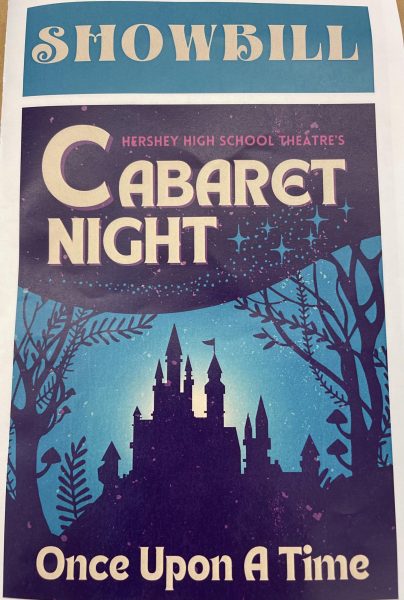The Makings of a Movie Adaption
December 12, 2016
A good movie based on a book is a rare occurrence, and seeing one is a unique opportunity.
What makes a book to movie adaptation exceptional? The AV Club, an organization dedicated to film studies, attributes the critical success of a film adaptation to its source material. Unfortunately, a lot of things are explained best through text, such as setting details, intimate thoughts, and subtle actions. An author also has the freedom of adding as many subplots and periphery characters as they want to further the plot in different ways. Due to studio restrictions, directors do not have this liberty. In order to save their deadlines and stay in budget, producers may have to forcefully change scripts and scenes. In exchange, directors are given creative control of what’s left. In other words, finding a way to change the source material to your benefit is the key to a successful film.
Without a doubt the most successful movie franchise based off of a book series is the Harry Potter film series. Spanning ten years, the eight movies have cumulatively grossed about $7.7 billion, and have RT ratings ranging from 78% to 96%. This incredible success has been heavily attributed to the quality of the source material; the J.K. Rowling novels have won dozens of awards and are internationally beloved. This series has proved that filmmakers are not entirely at fault for the lack of success their adaptations, and that source material makes the greatest difference.
Omitting plot details that were necessary in writing, but would otherwise over complicate a film, usually garners criticism. The Great Gatsby Is acclaimed as a classic work of literature, substantially due to the way that author F. Scott Fitzgerald was able to build the characters through unspoken thought. The 2013 film, on the other hand, had almost no way to convey these thoughts while maintaining its first person perspective. Because of this lack of character building, the whole film faltered.
In fact, the fear of harming a novel’s legacy by making an inferior film has halted the production of several projects. In a letter to a director asking to buy the rights to The Catcher in the Rye, author J.D. Salinger writes, “The weight of the book is in the narrator’s voice. He can’t legitimately be separated from his own first-person technique [in a film]. True, the separation can be forcibly made. But I find that idea…[unpleasant] enough to keep me from selling the rights.”
A way that screenwriters go around the problem presented by Salinger, is narration. Narration is the use of dialogue to present a character’s thoughts, which were written in the first perspective in the book. Unfortunately, the overuse of narration is typically criticized for being a lazy way to tell, not show. Because of this common pitfall, most successful film adaptations become third person fictional stories.
By far the best reviewed book to film adaptation is the Lord of the Rings trilogy. The source material, written by J.R.R. Tolkien between 1937 and 1949, is listed as one of the best book series of all time by the Hugo Awards. The literary trilogy, comprised of the Fellowship of the Ring, The Two Towers, and The Return of the King, has received extremely positive reviews from critics and fans alike. The films, on the other hand, have Rotten Tomatoes (RT) critical ratings of 91%, 96%, and 95%, respectively. The three films have won a combined 17 Academy Awards.
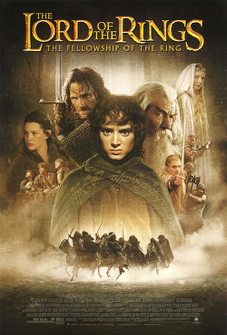
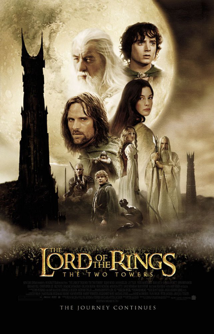
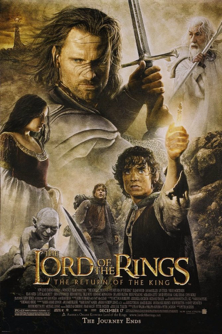
Sometimes, a film adaptation can build upon and improve the literature which inspired it. The Godfather, written by Marco Puzo in 1969, was successful in its time. The movies based on the work, however, have garnered far superior reviews and accolades. The Godfather trilogy has won a total of nine Academy Awards, including two Best Picture awards. Part l has a RT rating of 99%, compared to Part ll’s 97%. These ratings place the two films firmly in the top three rated movies of all time. The Godfather Part lll has a rating of 67%, and has been roundly criticized for its seemingly convoluted plot, and that it does not do justice to the superior first two movies. In many ways, the trilogy serves as a guide to how to make both good and bad film adaptations.
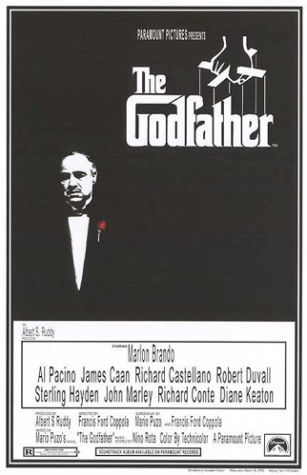
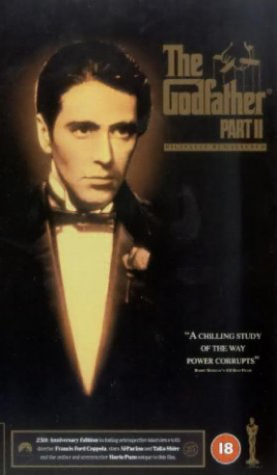
Good and bad movie adaptations are just that: movies. Just like any other film, there are hundreds of factors that can decide whether a film will be a flop or not. Quality source material, proper direction, and well-written scripts can all make or break a project. Nothing can predict if the best books will be turned into the worst movies, and we can only hope that we aren’t disappointed.



